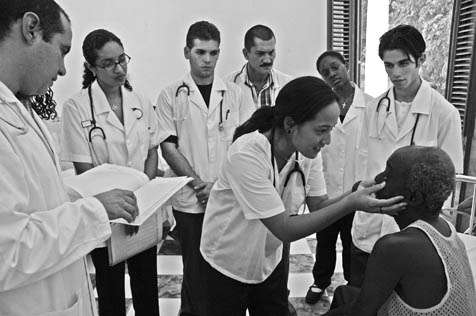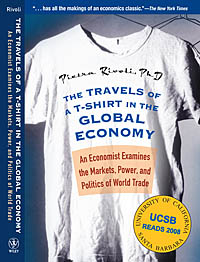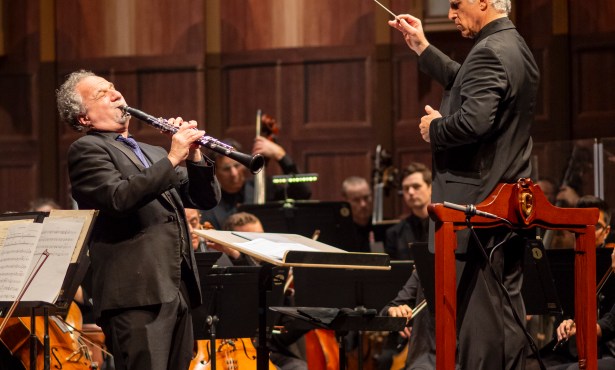Dr. Luis Castillo and Diane Appelbaum Bring ¡SALUD! to Town
How Cuba Cares for the World

¡SALUD! is an award-winning film about Cuba’s medical outreach programs to the developing world. Produced and directed by Connie Field, of The Life and Times of Rosie the Riveter documentary fame, the film-beautifully shot in Cuba, South Africa, Gambia, Honduras, and Venezuela-traces the conflicting agendas that mark the quest for global health. It examines the remarkable case of Cuba, a poor country with what the BBC calls “one of the world’s best health systems” and an outreach program to other countries that former president Jimmy Carter claims is “unequaled anywhere.”
Following the film will be a discussion between Honduran Doctor of the Year, Dr. Luther Castillo-who received his training at Cuba’s Latin American Medical School (ELAM in Spanish)-and Diane Appelbaum, the U.S. director of Medical Education Cooperation with Cuba (MEDICC), an Atlanta-based nonprofit that promotes global health equity by enhancing cooperation among American, Cuban, and other communities worldwide.
For the past seven years, Appelbaum has overseen many of MEDICC’s projects, including support for ELAM graduates. She is no stranger to Santa Barbara-she was one of the founders of the Santa Barbara News & Review (one of two papers which merged to become The Independent), as well as the Westside Neighborhood Medical Clinic, which grew into the Santa Barbara Neighborhood Clinics. (In the spirit of full disclosure, she is also my ex-wife.)

As for Castillo, he joined some 10,000 students from poor communities around the world at ELAM, where they received scholarships for a six-year medical education. These young doctors, including almost 100 from the U.S., return to their underserved communities to practice the kind of medicine they learn in Cuba: population-based, with an emphasis on prevention and public health. Castillo is currently building a hospital that will serve the impoverished Gar-funa region on Honduras’s Caribbean coast. I interviewed him while he was on the East Coast raising funds for his hospital.
Tell me a little about yourself. I was born in a small community on the M-skito Coast of Honduras. My people are Gar-funa. We are of African descent. We live along the Central American Caribbean coast, and came to Honduras in 1797, 211 years ago. The Gar-funa region is one of the poorest in Honduras, which is itself one of the poorest countries in the world; half of the Honduran population lives in poverty. It is often said, “Where the Gar-funa community begins, the paved road ends.” Until recently, we had no medical services. We are far from the capital, Tegucigalpa, and Honduran doctors did not want to work in our region. There are 6,000 doctors in Honduras-but none to serve us.
How did you become involved in medical work? The cost of going to medical school in Honduras is high. It took 150 years from its founding for the first Gar-funa to be admitted. We were hit hard by Hurricane Mitch in 1998, and Cuba began sending teams of doctors in rotation-some 200 during the past 10 years-and I saw an opportunity to help my people.
In 1999, I was fortunate to be able to enroll in the Latin American Medical School in Havana-the school depicted in the film ¡SALUD!-and train under the Cuban concept of medicine, which values solidarity and humanity over profits. Cuba’s medical school-the largest in the world, and virtually free of cost-teaches you to go wherever the people need the work. I came back determined to build a model of healthcare that would serve the needs of poor people, not just those who could afford it. We were taught to look at people as patients, not as clients.
Tell me about your Ciriboya Community Hospital project. This is the first hospital in the Gar-funa region, serving some 80,000 people. After I returned from medical school in Cuba, I organized the other students who were trained there. We began by donating 15 days of vacation every year to work in the Gar-funa communities. In 2004, we decided that providing visiting doctors wasn’t enough-what we really needed was a permanent facility. We began with a space for delivering babies and rooms for brief hospital stays, and have since added a lab, dental office, and other facilities. We also train doctors in residency, thanks to the help of Cuban and Gar-funa doctors who serve us-some in rotation, some working full-time in the hospital. And we have been remarkably successful. For example, the infant mortality in Honduras is 30.8 per 1,000 live births; in our area, it is less than a third of that [10.1]. The maternal mortality rate in our region is a quarter of that elsewhere in the country.
I understand this is only the beginning, that you are expanding your hospital. We are raising some $700,000 to finish the job. We hope to add rooms for surgery and pediatrics, a library and pharmacy, classrooms, and so forth. We are raising money “brick by brick”; you can donate a “brick” for $30. I am currently traveling across the United States to raise that money.
I understand you are receiving support from labor unions in the U.S. In 2001, we were visited by Bill Camp, executive secretary of the Central Labor Council of the AFL-CIO in Sacramento, and California Lieutenant Governor John Garamendi. The unions have been a source of support ever since, sending volunteers to work in the medical brigades. They have been hosting fundraising dinners to help with the clinic expansion.
How does the medical establishment in Honduras feel about your efforts to provide free care to the poor? From the beginning there have been death threats. It is dangerous work. This new concept of medicine is not popular with the medical society of Honduras-they feel we are taking their “clients” away. We treated more than 68,000 people in one year; they see this as lost income. Doctors in Honduras study medicine to become rich, so this new concept is threatening.
What is it you need most right now? Right now we need human resources, money for infrastructure, and sustainability. The latter is the most important. The people in our community are too poor to pay for medical care, yet it costs about $1,500 a month to sustain a doctor. This is not much by U.S. standards, but it is a lot for us. Long-term support for doctors would be a great help. It is important to remember that what we are creating is more than a small hospital on the M-skito Coast of Honduras. We are creating a model that can be used wherever there are poor people: a model of free healthcare for those who need it most.
4•1•1
¡SALUD! screens on Monday, February 25, at 7:30 p.m., at UCSB’s Campbell Hall and will be followed by a discussion between Dr. Luther Castillo and Diane Appelbaum. Call 893-3535. To support MEDICC and Castillo’s hospital, see medicc.org.



